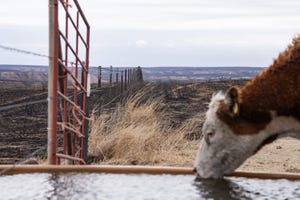Focus on soil health helps transform 'ranch from hell'
A South Dakota couple turned their ranch around by focusing on the land instead of the cattle.
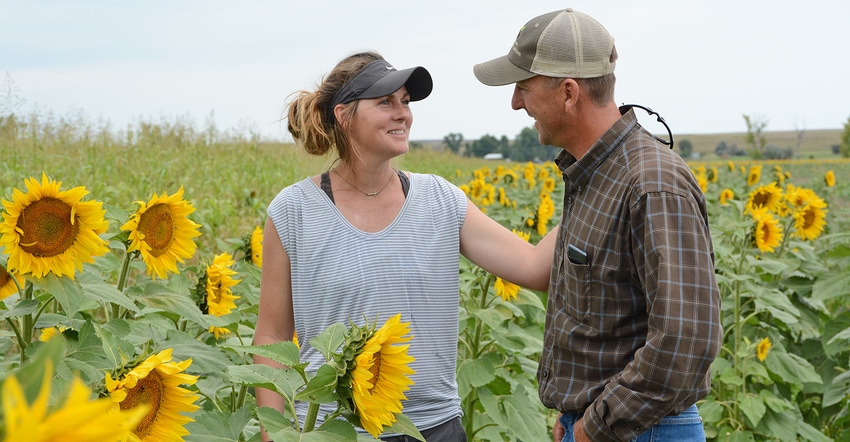
Shawn Freeland used to call the land near Caputa, S.D., that he and his wife, Kristy, bought in 2004 the “ranch from hell.”
Some of the land had been overgrazed and abused for many years by a series of absentee owners. The grass was thin, and the soil seemed to be contaminated with pathogens. Newborn calves were constantly getting sick. Calving losses were as high as 20% some years.
“Shawn kept saying, ‘The ground is sick, the ground is sick,’” Kristy says. “But we didn’t know how to fix it.”
Shawn, a land surveyor and former professional bull rider, didn’t grow up on a ranch. He worked for a high school friend’s father and ran the first cows he bought on their ranch.
“I was trying to raise cattle like everybody else,” he says. The strategy was to accumulate as much land as he could and put as many good cows on it as possible.
His goal was to have 600 cows. But he was putting in 20 hours a day during calving and haying seasons. He fought snow and cold in the winter to feed cows that were crowded into corrals. He never seemed to have enough time to spend with Kristy and their daughters, Riley and Ryan.
The ranch’s balance sheet was in trouble, too. Equipment costs were high. Vet costs were staggering. Even though they had some irrigated land, back-to-back droughts made it impossible to produce enough hay for the herd.
To make their financial situation even worse, the Atlas blizzard in October 2013, with its 70 mph winds and 3-4 feet of snow, killed 40% their cows.
“I believed there had to be a better way to produce beef,” Shawn says, “but I had no idea what it might be.”
Turning point
The turning point came when Shawn enrolled in the South Dakota Agriculture and Rural Leadership (SDARL) program in 2014.
“I signed up because I wanted to represent agriculture better,” he says. After the Atlas blizzard, he was stung by criticism of ranchers from townspeople in nearby Rapid City, S.D., who clearly didn’t understand agriculture.
“Some of the things they said shocked me,” he says.
Shawn hadn’t been involved in many organizations before and didn’t even attend many conferences or workshops. He didn’t think he had the time.
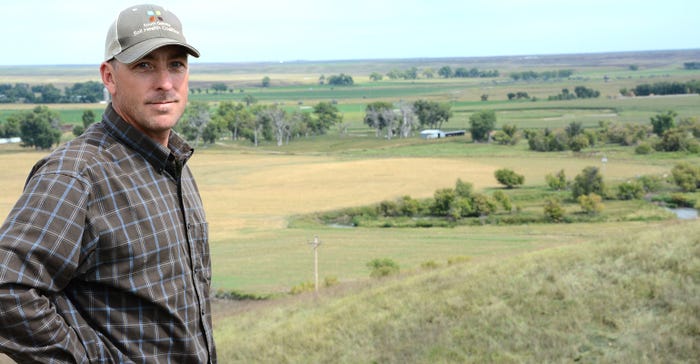 IMPROVED RANCH: Shawn Freeland enjoys seeing their ranch from the bluffs above Dry Creek. Focusing on soil health has greatly improved the ranch, he says.
IMPROVED RANCH: Shawn Freeland enjoys seeing their ranch from the bluffs above Dry Creek. Focusing on soil health has greatly improved the ranch, he says.

Participating in SDARL — an 18-month long program that involved a dozen two to three day sessions of seminars and tours, a week-long trip to Washington, D.C., and two weeks abroad — made him realize that he could take time away from the ranch if it was important enough. The experience also gave him the confidence to speak up and ask questions.
SDARL, Shawn says, got him ready to learn.
Grazing school
Soon after graduating from SDARL, Shawn went to a South Dakota Grasslands Coalition grazing school. He hoped to pick up a few tips and meet some other ranchers.
“The school was an eye opener,” Shawn says. He was introduced to holistic management and regenerative agriculture practices.
With help from SDGC mentors and others, it didn’t take long before the Freelands were experimenting on their ranch.
They began dividing pastures into smaller units and rotating cattle through them graze and trample the grass. They began planting alternative forages and cover crops on their irrigated fields for full season and winter grazing. They started pushing their calving date back, so the animals would be more in synch with nature and the calves would be born in warmer weather.
They also started stacking enterprises. Besides selling weaned calves to feeders, they began selling grass-finished beef to consumers. They started an agritourism enterprise with a pumpkin patch, maze and a u-pick sunflower field. They mowed a 10-acre maze into a 150-acre field that had planted to a cover mix. The cover crops were over 6 feet tall.
“We had a great opportunity to show people that we are doing something different,” Shawn says.
Turn around
With the changes, the ranch has improved significantly. There’s more forage and many more types of grasses and forbs growing in the fields. Wildflowers are returning. The soil seems healthier and is absorbing more of the rainfall and snow melt. The cattle are healthier, too. The Freelands don’t use any animal vaccines anymore.
The ranch finances have improved, too. Costs are down, and income is up. With 200 cows, the Freelands are generating the net income they made previously with 400 cows.
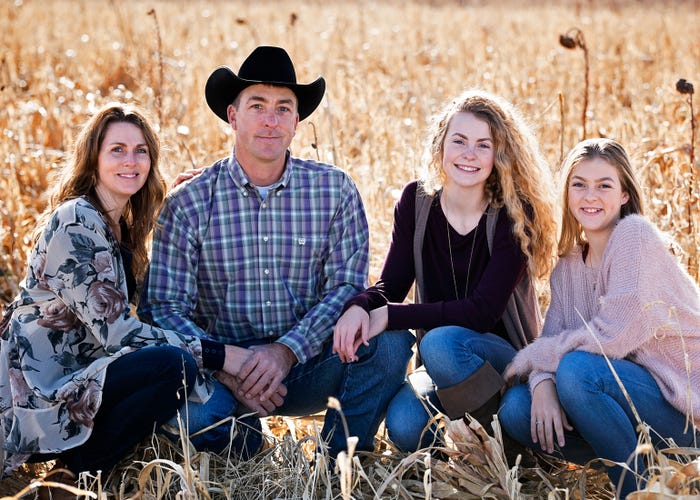 FAMILY TIES: Kristy (left), Shawn and their daughters, Riley and Ryan, work together to make Dry Creek Ranch a success.
FAMILY TIES: Kristy (left), Shawn and their daughters, Riley and Ryan, work together to make Dry Creek Ranch a success.

“We are making progress,” Shawn says. “We still have a lot more to learn, but this isn’t the ranch from hell anymore.”
Learn more about the Freeland family’s progress by visiting atdrycreek.com.
About the Author(s)
You May Also Like
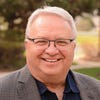
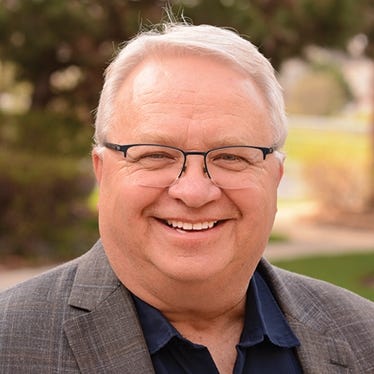
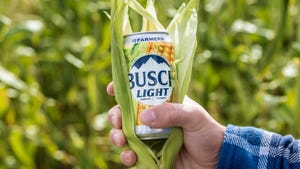
.png?width=300&auto=webp&quality=80&disable=upscale)
